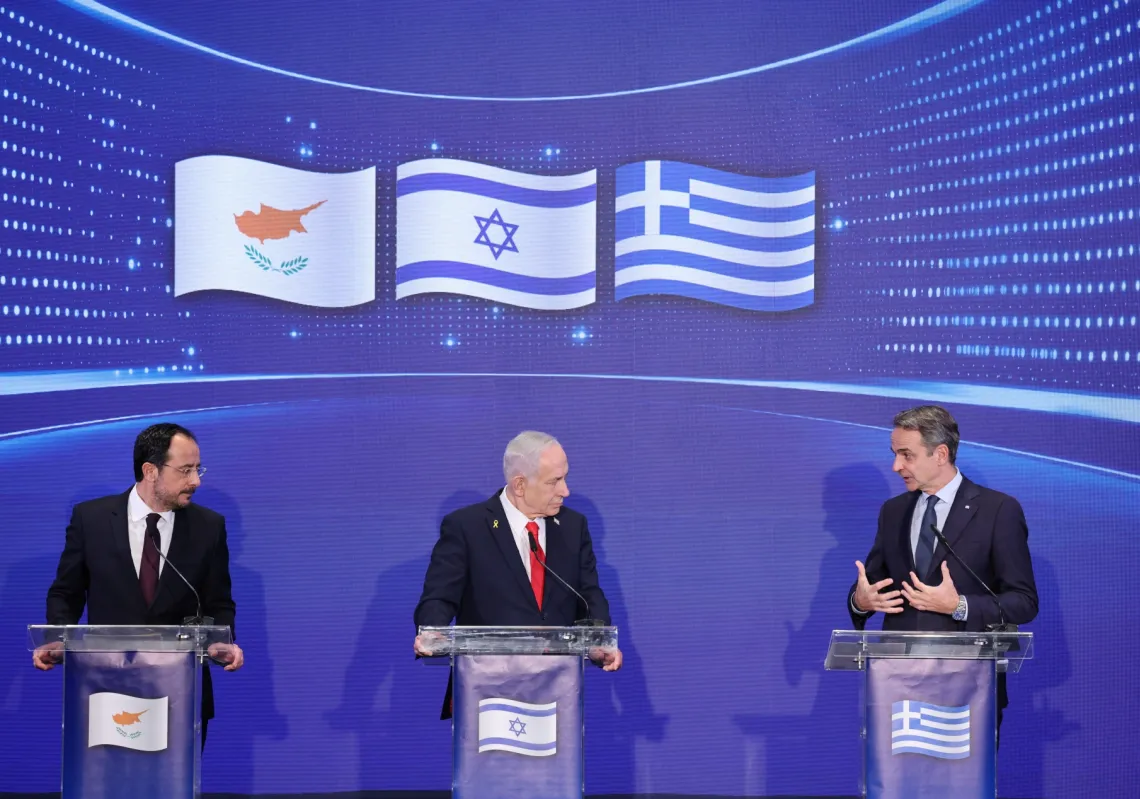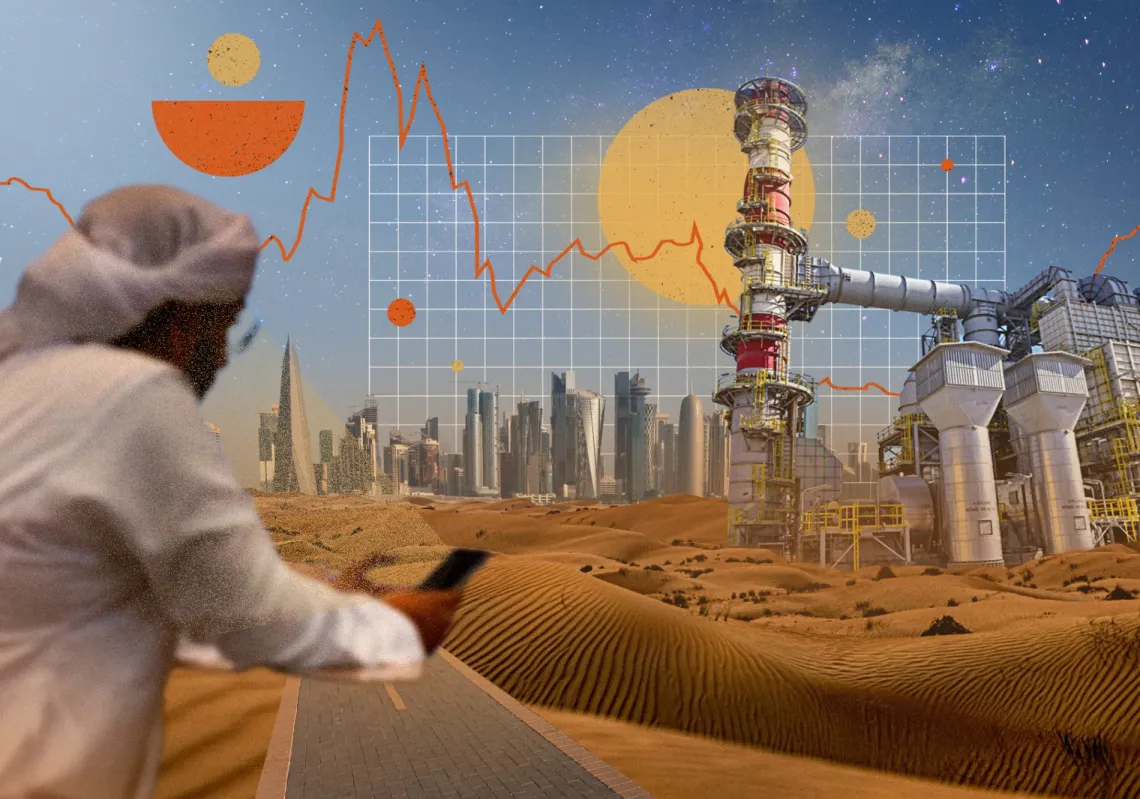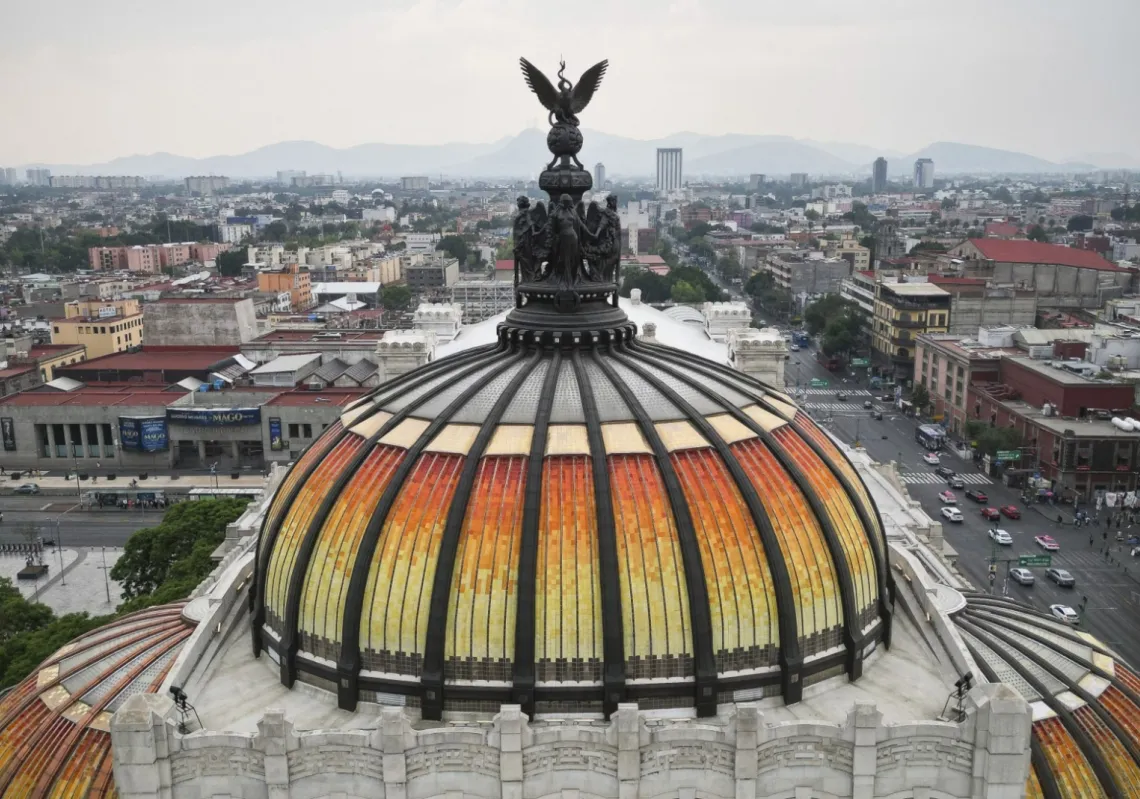Imagine a floating industrial city that generates electricity from sunlight or wind while preserving the resources of oceans and costal area!
Saudi Arabia is undertaking a huge project called “OXAGON,” the world’s largest floating, sustainable industrial district on the northwest Red Sea coast of the Kingdom. OXAGON was announced in the middle of November 2021 and comes with a totally new concept that builds on the “Blue Economy” and re-imagines the future of industry in unconventional ways. It is part of NEOM, a USD 500 billion cognitive city state development. Construction work is scheduled to start this year and ends in 2030.
The main questions remain: What is Blue Economy? We will highlight the Saudi plans to benefit from the “Blue Economy” in its economic diversification.
DEFINITION OF BLUE ECONOMY
According to the World Bank, blue economy is the sustainable use of ocean resources for economic growth, improved livelihood and jobs, and ocean ecosystem health. This concept is not restricted to industrial applications; it encompasses fisheries, aquaculture, maritime transport, tourism, waste management and renewable energy generation.
Blue economy activities provide a livelihood for over 820 million people around the world across the different sectors. The value of ocean-related assets is estimated currently at USD 2.5 trillion, making this economy the 7th economic power in the world.
Blue economy supports the sustainable growth of maritime and marine sectors and considers oceans and the seas to be the engines of the global economy. It aims to improve life and social inclusion without compromising environmental sustainability as sea and ocean resources are limited and more sensitive to pollutants and overfishing.

SAUDAI BLUE ECONOMY DEVELOPMENTS
OXAGON is an example of the “Blue Economy” application of the 4th Industrial Revolution, a term that describes the blurring of the boundaries of the physical, biological and digital worlds, where artificial intelligence (AI), robotics, the Internet of Things (IoT), 3D printing, and quantum computing are fused in one melting pot. This innovative industrial facility has a strategic location near the Suez Canal through which 13% of the world’s traded goods pass. This location would make the import-export movement easier than ever. OXAGON will host the world’s largest green hydrogen facility, a joint venture between Saudi Acwa Power and American Air Products. Desert Technologies will set its photoelectric panel production facility to power the project. Other companies are expected to set up their factories in OXAGON.
OXAGON is not the only application of “Blue Economy” in the Kingdom. The Red Sea Project and THE RIG are examples of this kind of economy.
Announced in 2017, The Red Sea Project, which encompasses an archipelago of more than 90 islands along the Western coast of Saudi Arabia on the Red Sea, is being developed and is set to launch Phase 1 next year with completion in 2030. The project is eco-friendly; it will mitigate carbon dioxide emissions, waste production, and light and noise pollution, maintaining the destination at a level equivalent to a Marine Protected Area, according to the official website. The project is financed by the Public Investment Fund (PIF).
Located on Saudi Arabia’s east coast in the Arabian Gulf, THE RIG is another PIF-funded tourist project that is inspired by offshore oil rigs. The project, which was announced in 2021, promises to ensure the sustainable preservation of the maritime environment by following the best global standards and practices.
ZERO CARBON IN 2060
“The Saudi commitment of zero emissions by 2060, which was announced during the Saudi Green Initiative Summit in Riyadh last year, would rely to a great extent on the blue economy. Floating renewable energy power plants would help electrify the Kingdom,” said Hadi Noman, an Arab geography and environment researcher.
“Marine-protected areas for sustainable fisheries would contribute to the Kingdom’s food self-sufficiencies. Oceans and seas now provide around 15% of the food worldwide. This percentage is expected to double or even triple in the next decade,” he added.
“Blue economy is the new green economy,” Naman concluded.











